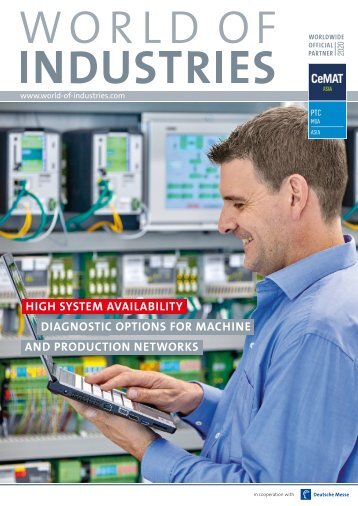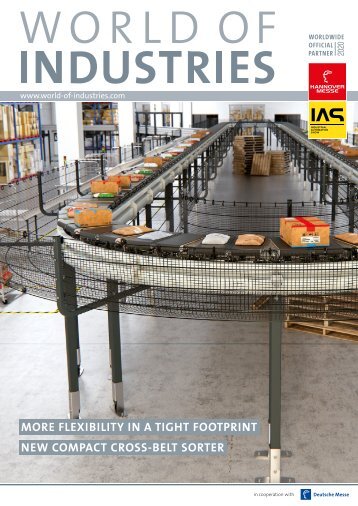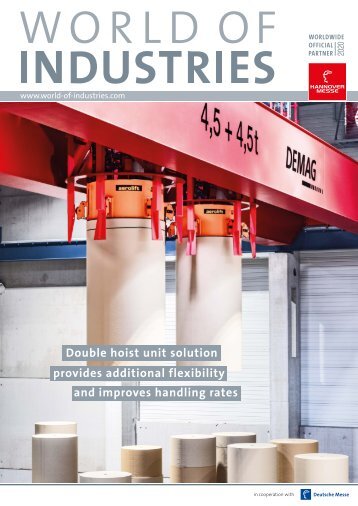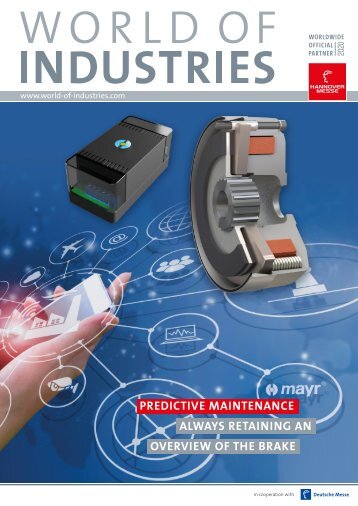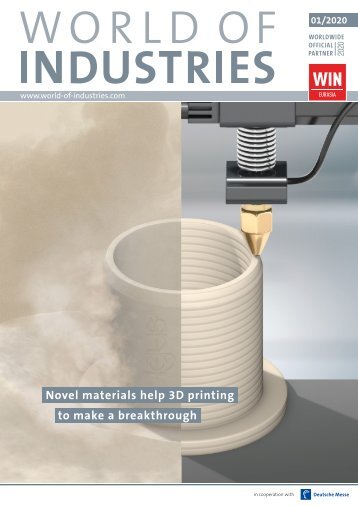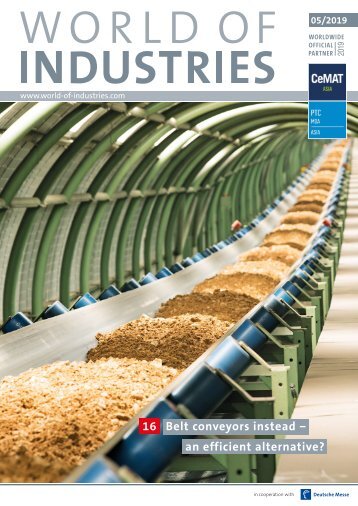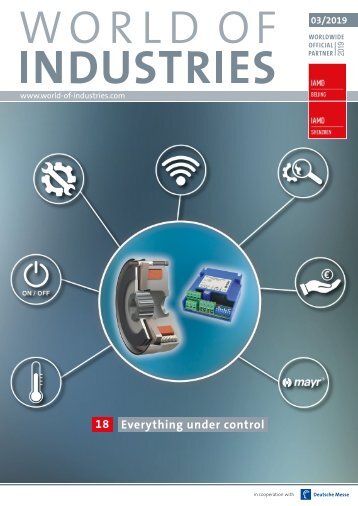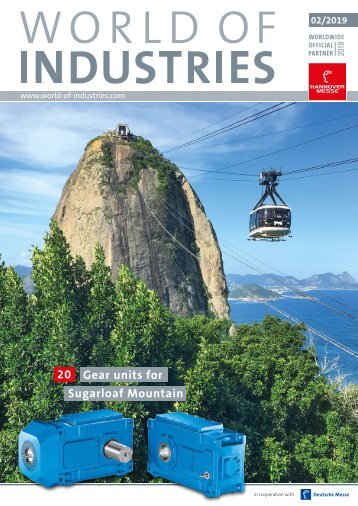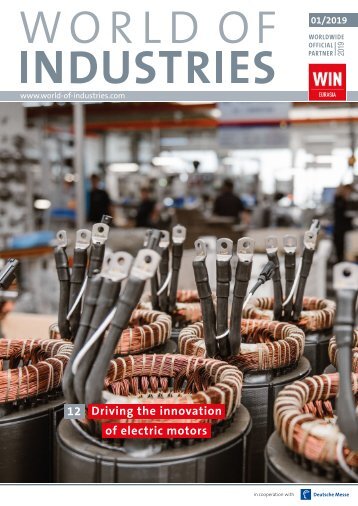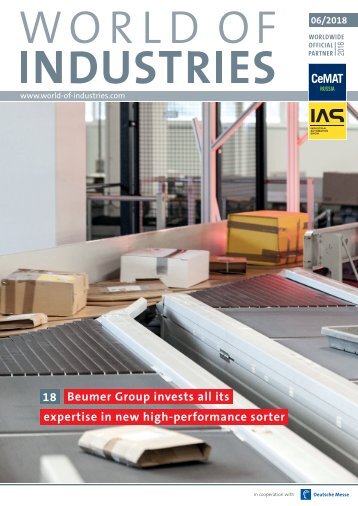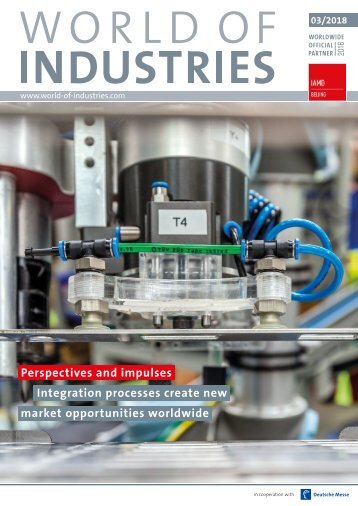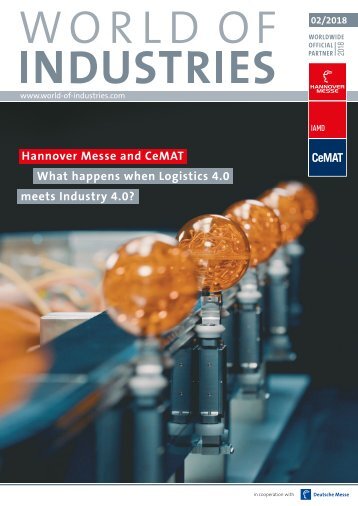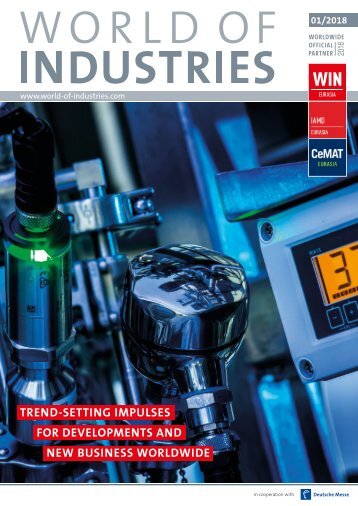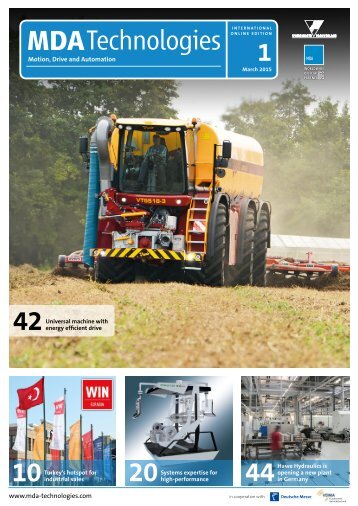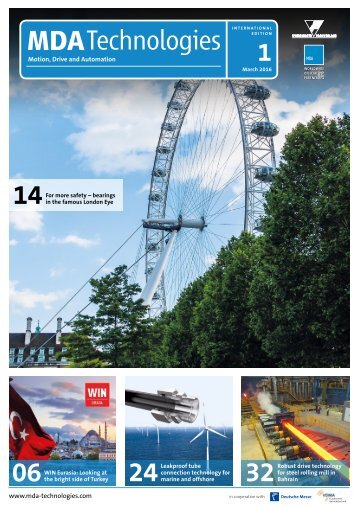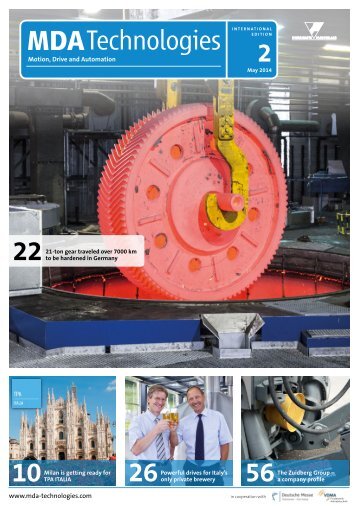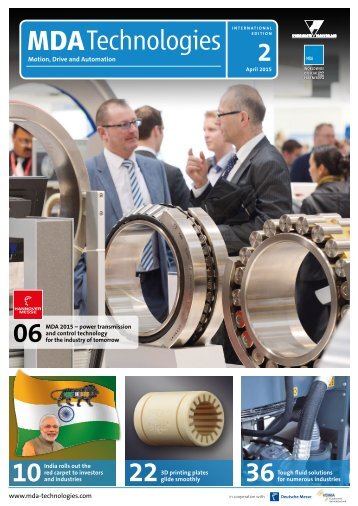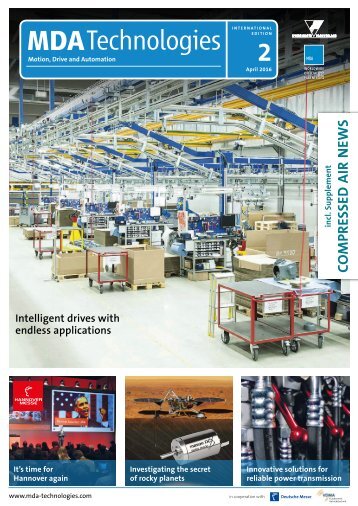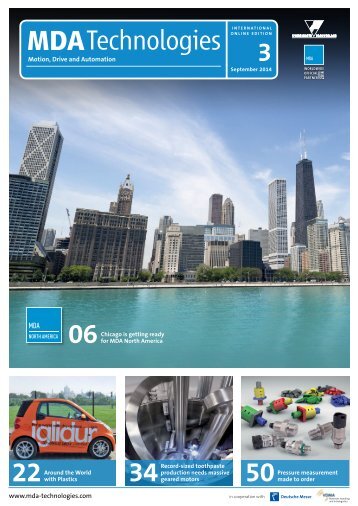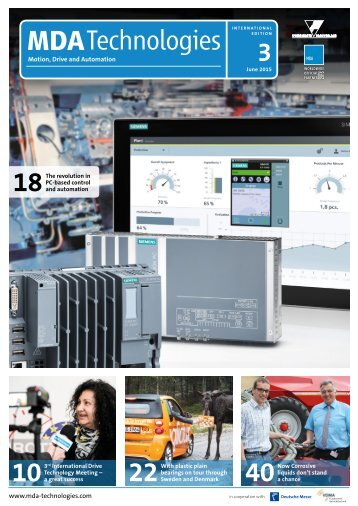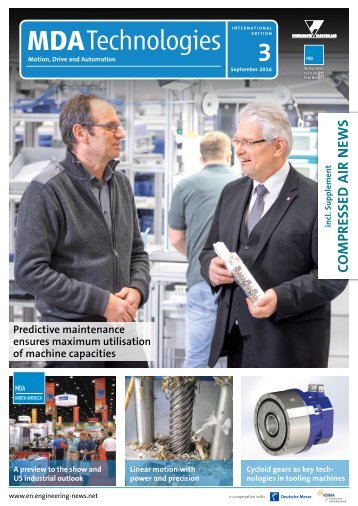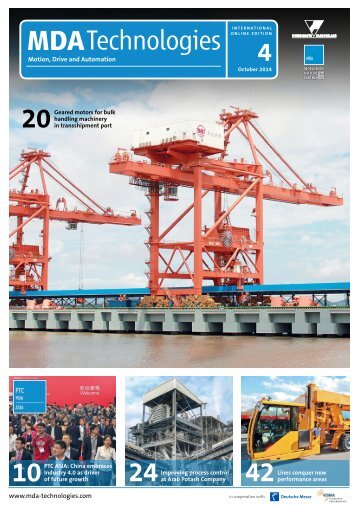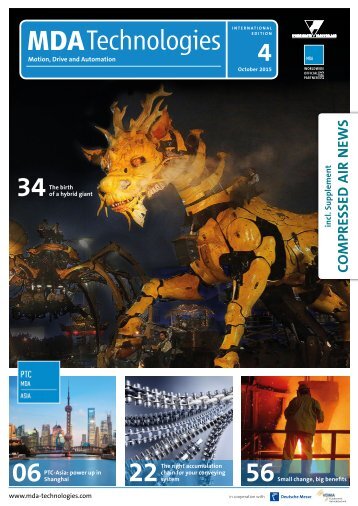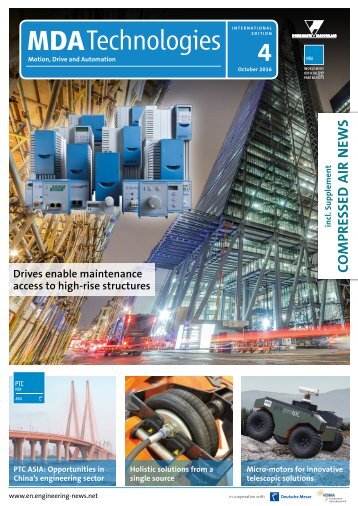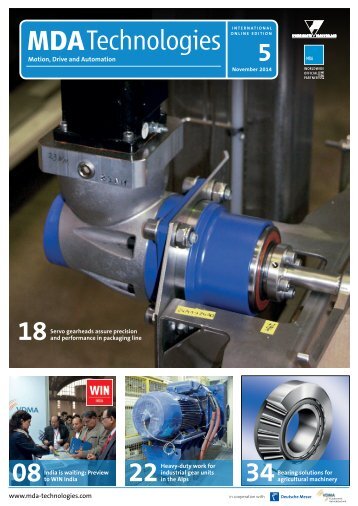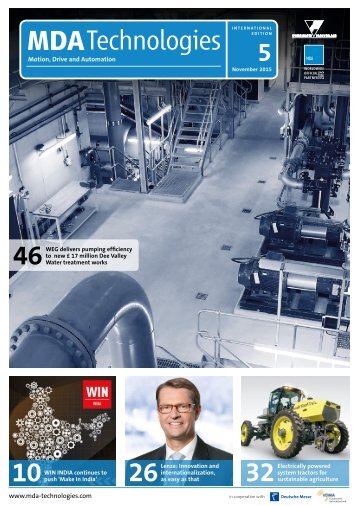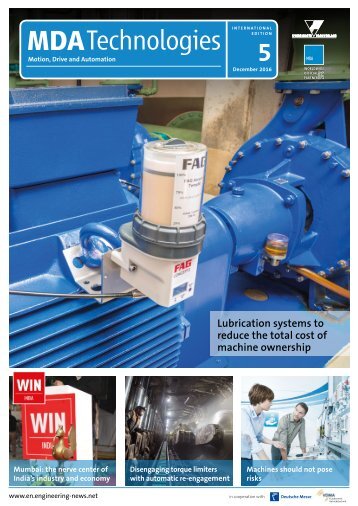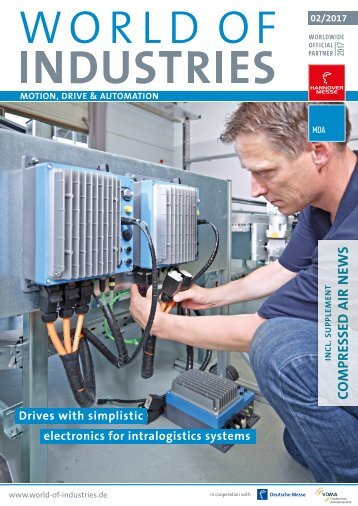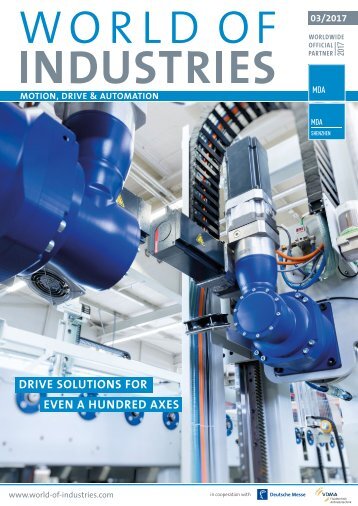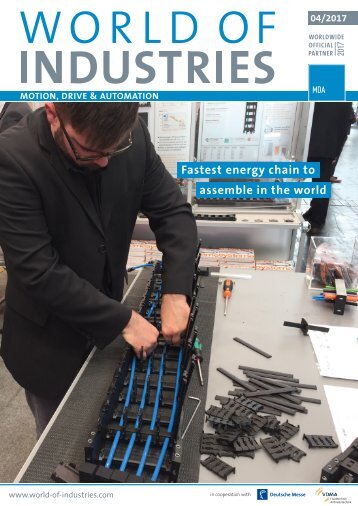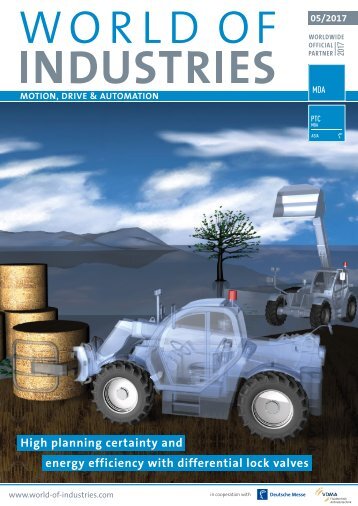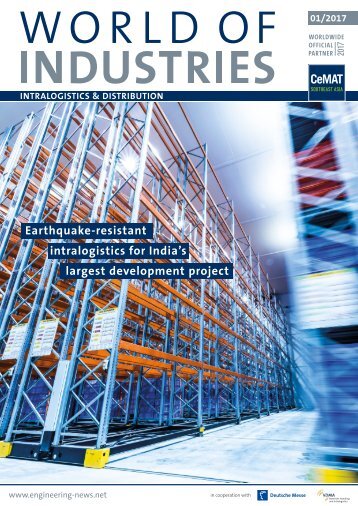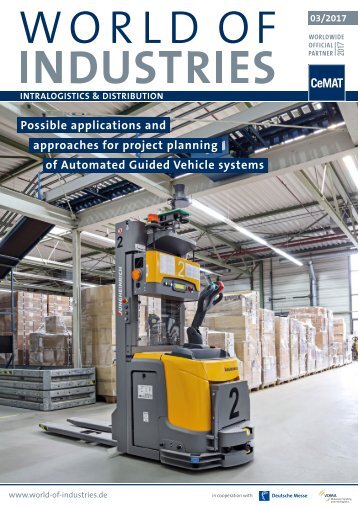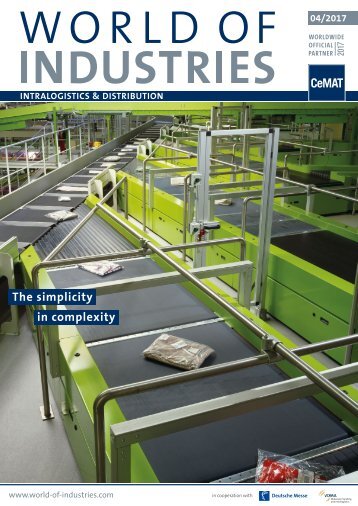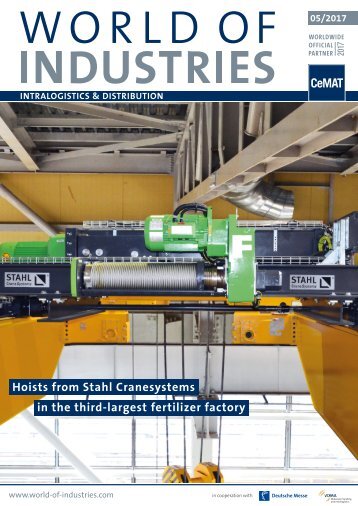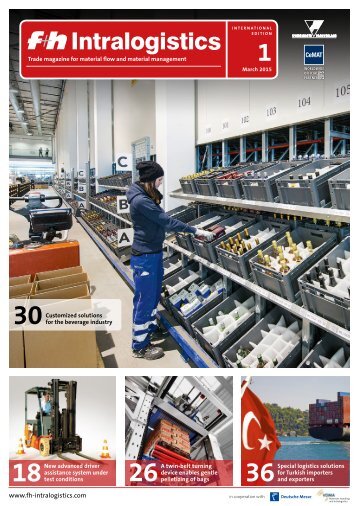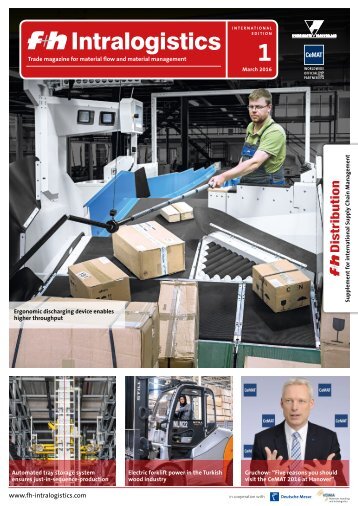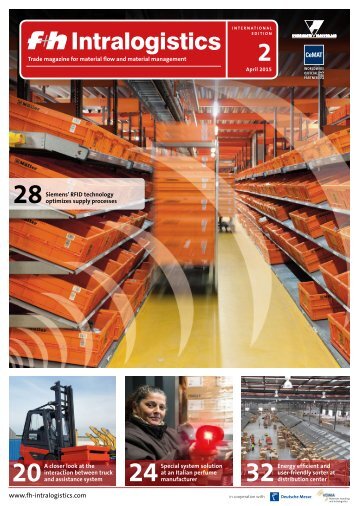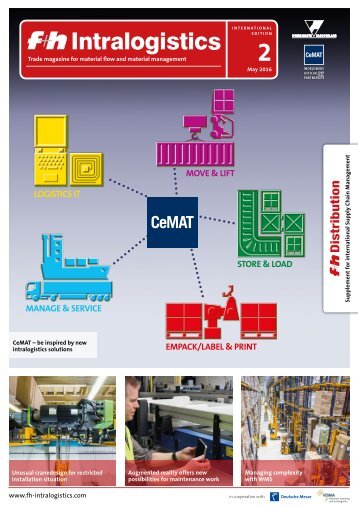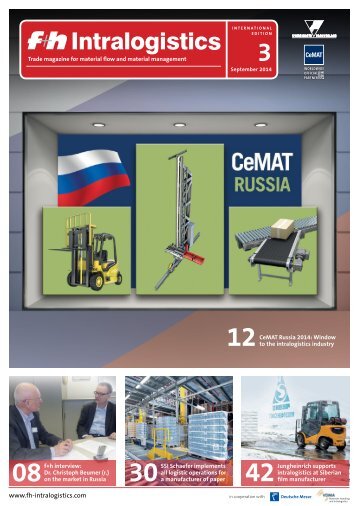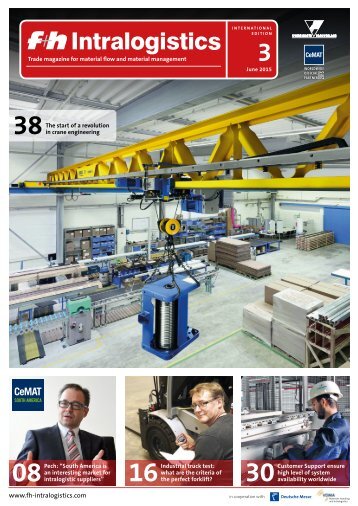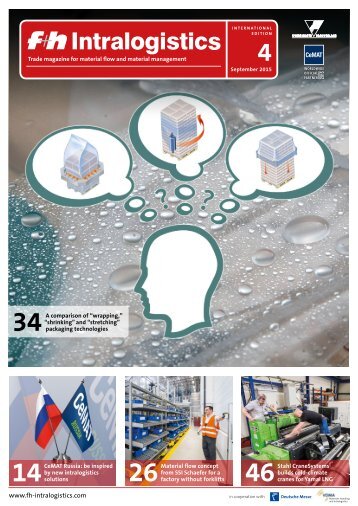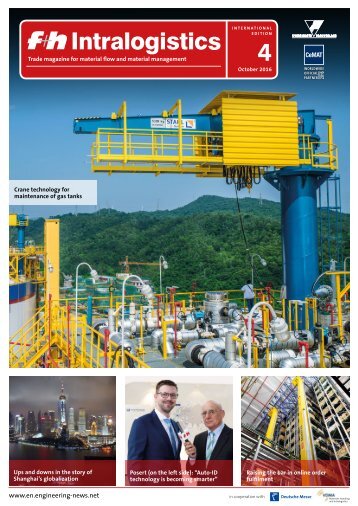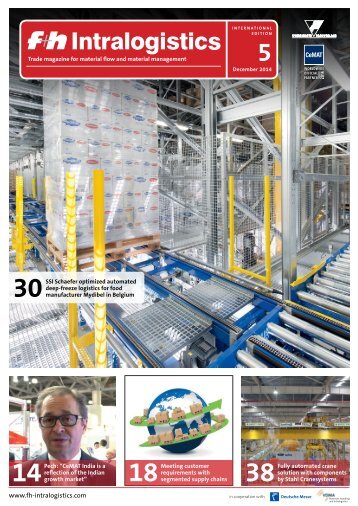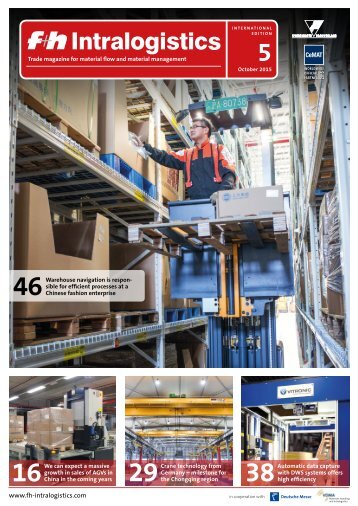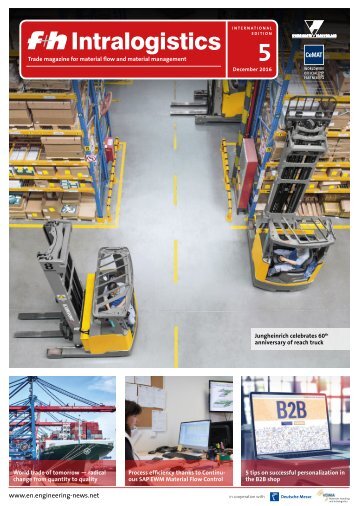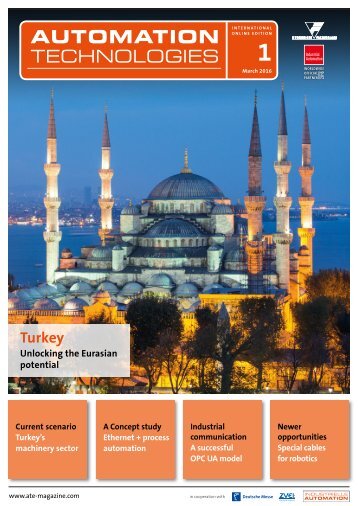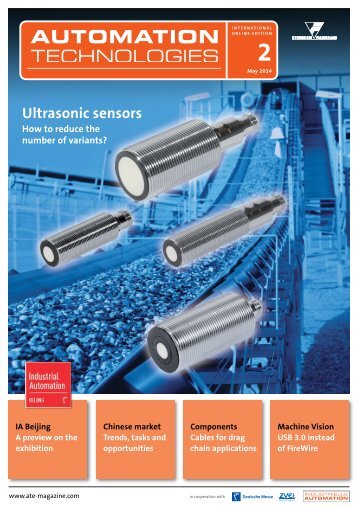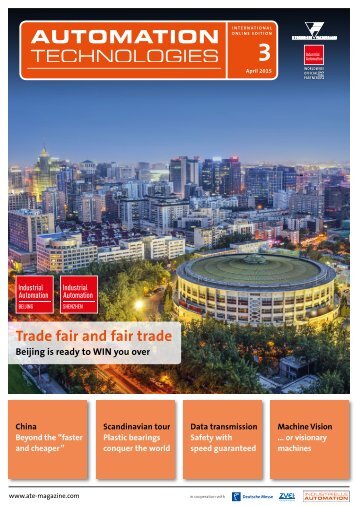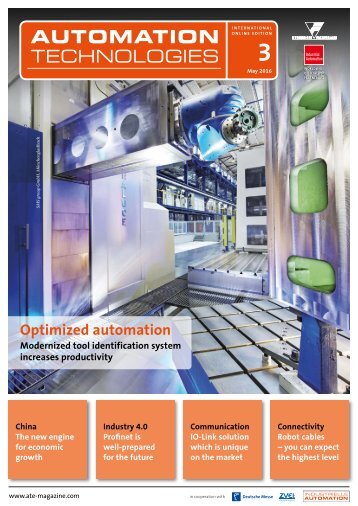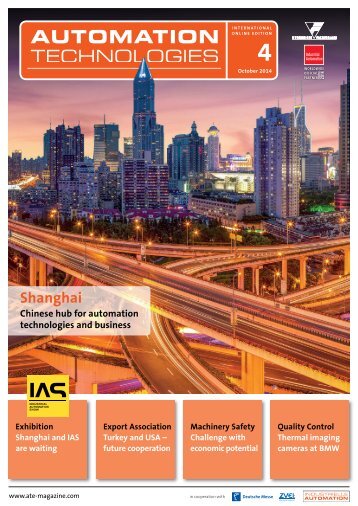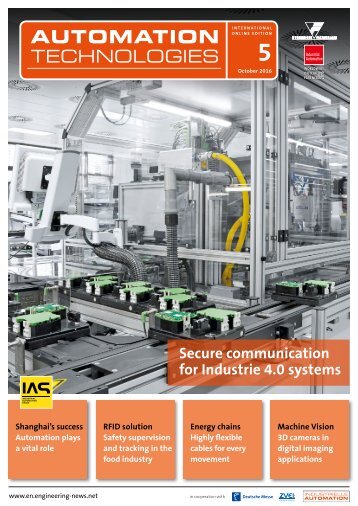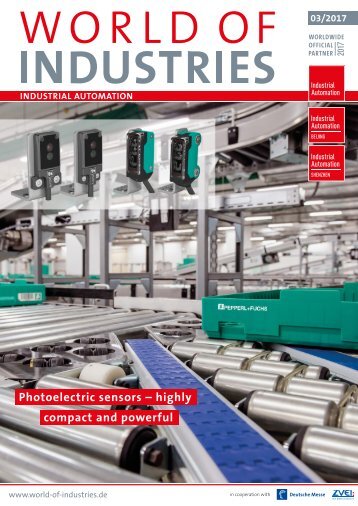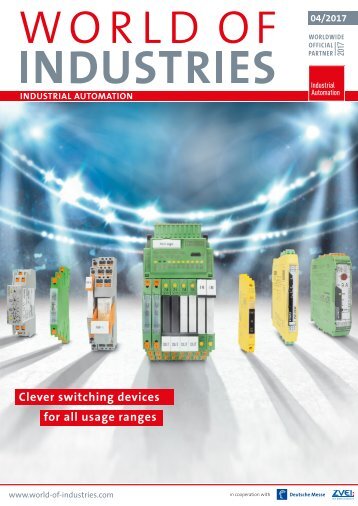f+h Intralogistics 1/2016
- Text
- Fuh
- Intralogistics
Field test of
Field test of Jungheinrich TFG 425 LPG fork lift truck According to the manufacturer, the new Jungheinrich DFG/TFG 425–435 series counterbalanced trucks are dynamic, inexpensive and above all low-maintenance, while suited for operations in any climate zone. We chose the TFG 425 with 2.5 ton capacity as our test truck to see how well the series stood up to those claims. ore than a year has passed since Jungheinrich expanded its M product range by adding a series of diesel and LPG torque converter forklifts. The premium manufacturer had come to the conclusion that uncomplicated, IC engine fork lift trucks would continue to enjoy strong global demand, particularly in view of the unbroken popularity of wear-resistant diesel and LPG fork lift trucks in countries whose production processes are not yet up to western industrial standards. The harsh conditions frequently encountered in those countries require trucks with a simple design and high spare parts availability at an attractive price. Jungheinrich‘s portfolio also includes truck types designed for tough, long-term applications. However, those trucks are equipped with hydrostatic drive and similar features that make them too cost-intensive and advanced for the countries in question. In addition, operators often do not do well with this type of highly developed truck. Jungheinrich met these challenges and after an extensive development phase introduced the TFG and DFG truck series with capacities between 2.5 and 3.5 t to the market. Although more simply designed than other series, these trucks are still Jungheinrich at their core. This includes our test truck, the TFG 425, with fuel gas operated engine, triplex mast (lift height 4 700 mm) and a few extras such as a safety glass windscreen. Our test truck is also equipped with an exhaust pipe on the counterweight, pointing upward. In the standard version the exhaust pipe is located beneath the counterweight, making for an unrestricted rear view, but at the INDUSTRIAL TRUCKS 01 The entry / exit is generously dimensioned, pleasantly low and free of sharp edges 02 There is sufficient space available to comfortably operate the pedals, crawl speed and brake as well as the accelerator 03 Visibility through the triplex mast is very good. The cylinders, chains and hoses have been positioned to optimise visibility f+h Intralogistics 1/2016
Lift speed with 1 650 kg load (in cm/s) Travel speed with 1 650 kg load (in km/h) Acceleration over 27,2 m (in m/s) Practical operating time (in ss:mm) Jungheinrich TFG 425 57.14 17.14 7.30 05:26 Average value of all 2.5 t LPG fork lift trucks we tested 56.52 18.88 7.14 05:06 same time stirring up more dust on loose surfaces due to the flow of exhaust gas. The test truck makes a solid but definitely not lumbering impression. Rugged, high-quality materials have been used. Our initial impression is that of a truck ideally suited for varied applications and a long service life. Generously designed work area We put our TFG 425 with a capacity of 2.5 t through an extensive practical test. The entry / exit area of the truck (Image 01) is free of restrictions and covered with solid plastic including an antislip profile. It provides access to a bottom plate, also spaciously sized, with a thick rubber mat that reduces vibrations and transmitted noise. The footwell is generously dimensioned (Image 02) so the pedals, crawl speed and brake as well as the accelerator can be operated without difficulty. The tilt angle and spring pressure of the pedals are optimally adjusted. The Grammer driver‘s seat features precise adjustment and the mechanical levers for mast and fork operation are easy to reach. The levers are just as rugged as the rest of the truck and are included in the standard version. All operating concepts (Solo-, Duo- and Multi-Pilot) including 9 armrest are also available for this truck series. 8.5 The mast was redeveloped and optimized for visibility (Image 03). As noted 8 previously, our test truck is equipped with a triplex mast with free lift and integrated 7.5 sideshift. It features excellent cushioning and is practically torsion-free. Reliable and easy operation Consumption per hour in l The mast functions can only be performed if the operator is sitting in the seat. If the operator leaves the truck without the wheel stop activated, a warning signal sounds. The electrical wheel stop itself is operated by a switch (Image 05) and holds the truck 100 per cent in position on the spot. The service brake features powerful operation. The brake system consists of multi-disc brakes immersed in an oil bath. Due to the enclosed housing it is practically maintenance-free. Convenient maintenance included Consumption per 100 pallets in l 20 19.5 19 18.5 18 17.5 The travel direction lever of our test truck is located on the slim, infinitely variable steering column (Image 04). It is responsible for operation of the torque converter and the transmission. If the operator exits with travel direction activated, the previously set travel direction is automatically switched back to a neutral state. Jungheinrich TFG 425 7.93 Jungheinrich TFG 425 18.67 Average value of all 2.5 t LPG fork lift trucks we tested 8.49 Average value of all 2.5 t LPG fork lift trucks we tested 20.31 Low maintenance costs in general were a prime consideration in the requirements specification for the development of the DFG/TFG series. Our test truck features excellent accessibility to the engine (Image 06) and torque converter. The engine covf+h Intralogistics 1/2016
- Page 1 and 2: Intralogistics Trade magazine for m
- Page 3: TABLE OF CONTENT News and informati
- Page 6 and 7: WORLDWIDE NEWS Vanderlande increase
- Page 8 and 9: Welcome to Eurasia’s leading indu
- Page 10 and 11: COMMENT FROM THE PUBLISHER f+h: The
- Page 12 and 13: For BLG, Turkey means growth GUEST
- Page 14 and 15: Deutsche Post DHL published a scena
- Page 16 and 17: 3D printing cartridge manufacturers
- Page 18 and 19: Supply chain increases the availabi
- Page 20 and 21: 02 Following restructuring the supp
- Page 22 and 23: and monitoring of the supply chain
- Page 24 and 25: The ten most highly performing sea
- Page 26 and 27: Ranking 1 Rotterdam (Holland) An ov
- Page 28 and 29: Republic of Turkey Area: 302,704 sq
- Page 30 and 31: Ergonomic discharging device from B
- Page 32 and 33: SSI Schaefer storage system ensures
- Page 34 and 35: An optimal cooperation The added va
- Page 38 and 39: 04 The slim steering column (with t
- Page 40 and 41: INDUSTRIAL TRUCKS Clean performance
- Page 42 and 43: 5 Reasons why you should visit CeMA
Inappropriate
Loading...
Mail this publication
Loading...
Embed
Loading...

